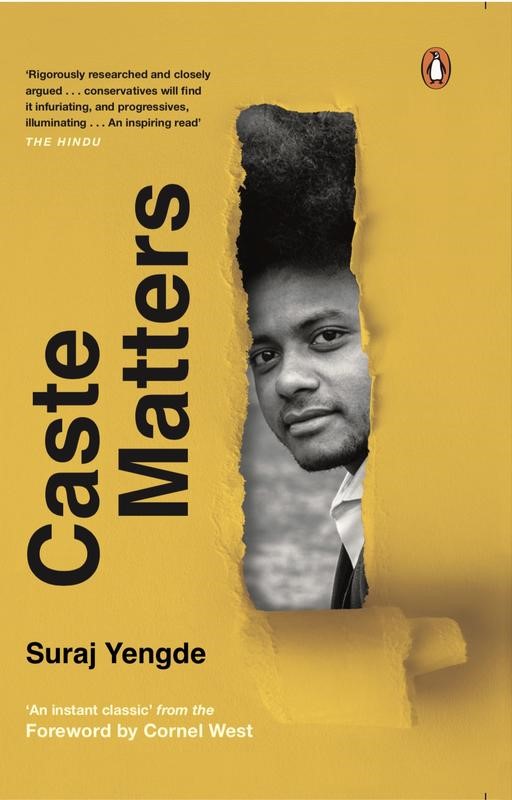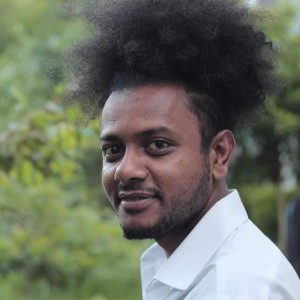The caste system in India thrives on what BR Ambedkar, a Dalit leader who was the chief drafter of the Indian Constitution, described as ‘Graded Inequality’—a seemingly infinite fragmentation of castes and sub-castes, the position of each dependent on its discrimination and violence against those it claims superiority over.
The black writer Stacey Patton has asked, ‘Are white people protesting because they are in honest solidarity—or because it helps to soothe their own conscience or assuage their guilt?’ Yet the recent flood of public statements of support, whatever the motives behind them, still forms an unprecedented archive. Across the United States, people—most often white people, of a certain liberal bent—are confessing that they have not done enough, and pledging that they will do better.
The #BlackLivesMatter hashtag, if not the protests, arrived in India too—but here, the movement has prompted barely any self-examination at all. Of the Bollywood stars who posted against racism, several have endorsed skin-lightening creams. Of the media outlets that carried news of the protests, all except a very few have done nothing to hold the police to account for their role in the anti-Muslim riots in Delhi just months ago, or to call out the ruling Hindu supremacist government under Narendra Modi for presiding over a massive spike in atrocities against the country’s oppressed castes and ethnic and religious minorities. Many of the global corporations now speaking out against racism have extensive operations in India, but none has ever taken a stand for the rights of Dalits. Nor has any of India’s own corporations. Yet government records show that hundreds of Dalits are losing their lives to caste crimes every year.
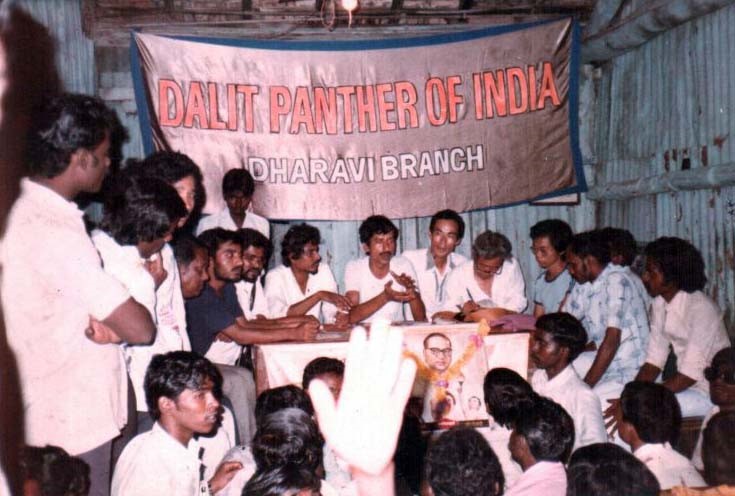
It is no exaggeration to say that the case of George Floyd has received more attention in India than any of the recent incidents in the country’s endless onslaught of caste crimes. Those writing and posting and reading about Black Lives Matter are fluent in English, digitally savvy, and well-versed enough in US politics to understand the issue at hand i.e. the country’s social and economic elite. That elite is almost wholly drawn from a narrow set of ‘twice-born’ castes that form the three highest tiers of the four-tiered Hindu varna system—the Brahmins, Kshatriyas and Vaishyas. These castes constitute a minority of the country’s population, yet in all the institutions of social, cultural, political and economic power, they are the dominant majority. They are the people who run the country.
It is a strange sight for me, a Dalit—an outcaste—to see the dominant castes decry ‘Indian’ racism and casteism and religious prejudice. When India got its chance after Independence in 1947, it passed a constitutional ban on the practice of untouchability, but never outlawed caste itself; sweeping talk of ‘Indian’ prejudice shields the real architects of the social order from liability. The forces that give life to caste are clear. The Hindu holy books enshrined the varna system, and they have been preserved and propagated for millennia by the Brahmins, exercising their monopoly over priesthood and vast power over social thought. The other dominant castes have joined the project of translating these into reality. Racist and religious hatred is deeply enmeshed with caste belief. By the rules of caste, all those not born into the varnas are sub-human, and their mere proximity or touch is a source of spiritual pollution. Even in their new faiths, which espouse human equality in the eyes of god, Dalit and Adivasi converts find that a narrow elite, often converts from higher castes, continue to shun them.
After he had returned to India, Ambedkar exchanged letters with WEB Du Bois, the towering black intellectual and civil-rights leader. ‘I have been a student of the Negro problem and have read your writing throughout,’ Ambedkar wrote by way of introduction. ‘There is so much similarity between the position of the Untouchables in India and the position of the Negroes in America that the study of the latter is not only natural but necessary.’ Ambedkar’s death in 1956 had left the Dalit cause cast adrift but Dalits once again drew inspiration from the black struggle with the emergence of the Dalit Panthers.
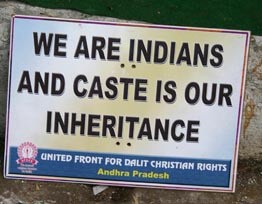
This radical anti-caste organisation was founded in Bombay in 1972, inspired by the Black Panther Party in the United States. It defined ‘Dalit’ as not just the oppressed castes, but also the Adivasis, or Scheduled Tribes, and ‘the working people, the landless and poor peasants, women and all those who are being exploited politically, economically and in the name of religion’. However, whereas the Black Panthers were a political party the Dalit Panthers were not. The Black Panthers aligned with Marxism-Leninism, while the Dalit Panthers were never wholly taken by the proponents of any political ideology other than Ambedkarism. And while the Black Panthers had many women in their leadership, the Dalit Panthers had none—a serious impediment in their politics and reach. There was no real relationship between the groups, no two-way exchange. The Dalit Panthers were disbanded in 1977, undone by a mix of repression and the jealousies and ideological quarrels of its founders. The Black Panthers, repressed by the US government and rocked by internal schisms and violence, dissolved in 1982.
In India, for both domestic and international consumption, overwhelmingly dominant-caste officials and scholars and businessmen cultivated a romanticised picture of India where caste was not a problem—an act of subterfuge that continues today. By the time of the Dalit Panthers, India had aligned firmly with the Soviet Union. This lay the ground for alliances against American imperialism which left no room for the connection between anti-racist and anti-caste struggles. India was ready to admit to the problem of mass poverty, but not to the problems of caste discrimination. For Indian diplomacy, Dalits as an oppressed category were not supposed to exist.
Other Dalits have since tried to do what Ambedkar and the Panthers never got to—to bring the issue of caste to international attention, and connect it to global anti-racism struggles. The Indian government continued to protest this. In 2001, in Durban, the Indian delegation insisted that ‘You cannot equate casteism with racism’ and opposed any mention of caste in its programme. None of those shaping the official Indian position came from Dalit backgrounds.
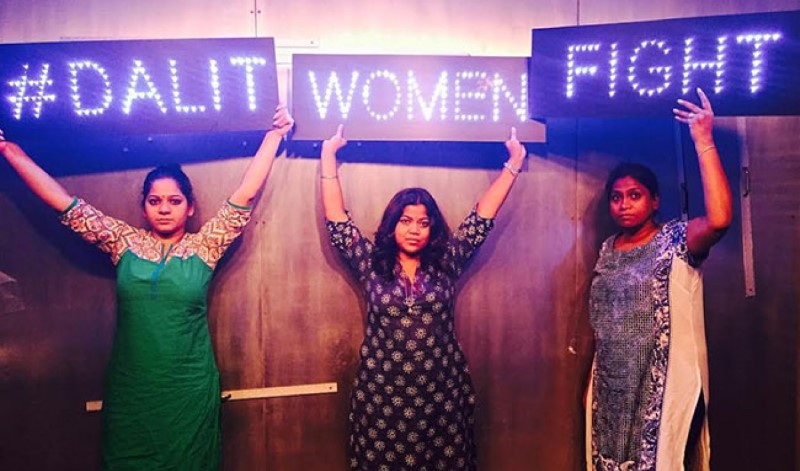
‘Race’ and ‘caste’ are not exactly alike, but they share this overriding similarity: both form the foundations of systems of discrimination, propped up by socially constructed notions of unequal human worth. Whether or not caste is the same as race, the reality is that caste is a basis for discrimination on par with racism and apartheid and severely reducing the quality of life for at least 160 million of India’s own citizens. The government stated that caste ‘has its origins in the functional division of Indian society.’ It did not say that this euphemised ‘functional division’ forces the oppressed castes, as part of their supposed spiritual duty, to provide manual labour to the dominant castes and perform the most degrading tasks—such as cleaning human excreta with their bare hands.
In 2009, the UN held a conference to review progress towards the goals agreed on in Durban but once more all consideration of caste was blocked, as it was again at another follow-up conference in 2011. The year before, anti-caste activists won a major victory when Britain’s House of Lords passed an equality bill that recognised caste discrimination as a form of racism. The Indian government and Hindu groups protested, and in 2018 the British government announced that it no longer planned to bring the bill into law. Dalit activists campaigning for caste discrimination to be punished under existing anti-racism laws in the United States have been frustrated by similar opposition. But this June, the government of California took the technology giant Cisco and two of its dominant-caste employees to court for alleged discrimination against a Dalit engineer.
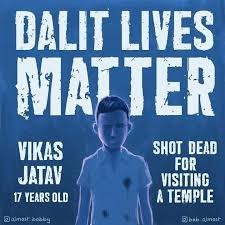
The UN’s general-secretary and high commissioner for human rights have spoken out repeatedly over the last decade, in UN reports and global forums, about the need to stamp out the menaces of caste. The Indian government’s opposition to action against caste discrimination on the international stage remains unchanged. In India, the myth is exposed by the appalling treatment of black people. African students frequently experience harassment and physical assaults. Across the country, black people are stereotyped as ‘Nigerean’ drug peddlers or sex workers, and are the targets of unwarranted public scrutiny and police attention.
If justice for the oppressed is the true shared goal, the spokespeople of the brown world, almost exclusively from the dominant castes, must be made to confront the monster within.
In the United States, the Indian diaspora owes a huge debt to the black struggle. The arrival of Indians in significant numbers was only possible after 1965, when a new immigration law barred discrimination by race, sex, nationality, place of birth or place of residence. Yet the Indian diaspora’s relationship with black people has been ambivalent and often hostile. The model minority—given this tag by white people because it has modelled itself on white people—chooses to look away from this awkward scene. The diaspora has not used its rising capital in the service of justice for black people.
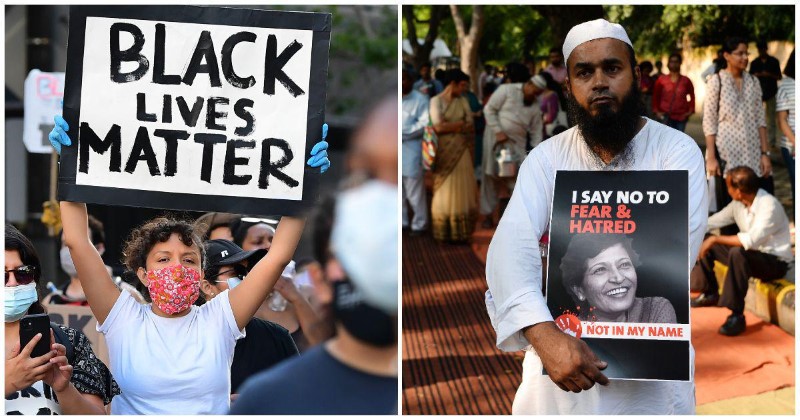
It is important to understand the socioeconomic background of the diaspora. Especially during the earlier waves of immigration, the largest numbers of new arrivals were from the dominant castes. The number of oppressed-caste immigrants from India has gradually grown in recent decades—especially since the 1990s, when reservations in public education and the liberalisation of the economy gave them some new opportunities—but the casteist shape of diaspora society remains unchanged. The Indian American identity leaves almost no room for Dalits, Adivasis, Muslims, Christians and Sikhs. The diaspora sees it as a victory that Diwali is now commemorated in the White House. It does not care that this celebration of the ‘good’ Hindu goddess Durga’s killing of the ‘evil’ Mahishasur is deeply offensive to many Dalits and Adivasis, for whom Mahishasur is an ancestor. Even within the United States, the Indian American fondness for racial diversity has its limits. Harvard University is locked in a legal battle with Asian American groups claiming that its admission policies, geared to promoting greater racial diversity in the student body, discriminate against the growing number of highly qualified Asian American applicants.
Many young Indian Americans, including many from the dominant castes, have come out in support of the Black Lives Matter movement. Some have gone beyond simply declaring solidarity to start asking questions of themselves, their families and their communities. This must expand and accelerate. The black movement can help this process by better understanding caste and its consequences. A major hurdle to this is the air-brushed image of India, and of Hinduism, that many in the movement currently hold. One clear symptom of this is the esteem reserved for Mohandas Gandhi. The uncritical admiration of Gandhi owes a lot to his valorisation by Martin Luther King, Jr, and the American civil-rights movement. King saw Gandhi as the world is used to seeing him—as India’s non-violent saviour from colonial and racial domination, an exponent of Hinduism’s supposed belief in universal respect and peace. But this image, cultivated by Gandhi and now tended to by the Indian state, blots out a lot of Gandhi’s beliefs and politics.
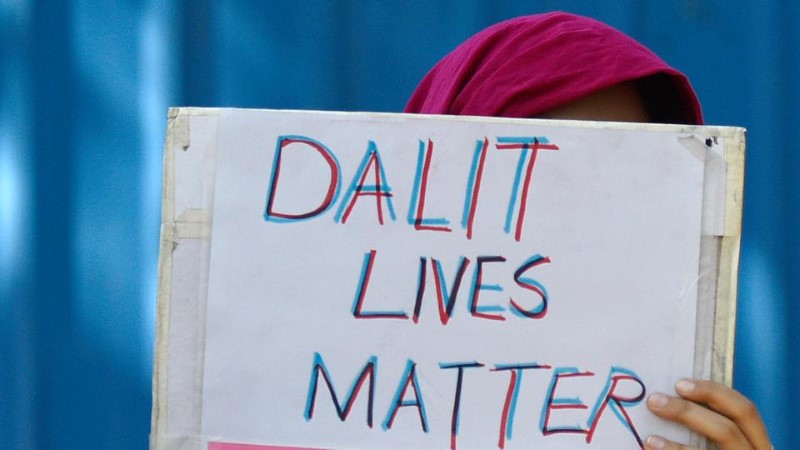
Though Gandhi opposed untouchability, he defended the caste system itself. The caste system for him was a legitimate method for the division of labour, and an irreplaceable part of the supposed harmony of Indian civilisation. Just as the constitution was coming into power, he warned presciently that ‘we are going to enter into a life of contradictions. In politics we will have equality and in social and economic life we will have inequality. In politics we will be recognising the principle of one man one vote and one vote one value. In our social and economic life, we shall, by reason of our social and economic structure, continue to deny the principle of one man one value’.
DALITS HAVE AN INVESTMENTin the protection of black lives because they see their suffering mirrored in that of other oppressed people. On a personal level, they feel the pain that black people are voicing, and empathise with the constant diminishing of their humanity by the skewed standards of dominant groups. Black people cannot be angry because they are overreacting, cannot protest because they are rioting, cannot demand a fair share of wealth because they are freeloading, cannot talk about the past because they are self-victimising. They cannot cry because they are faking, they cannot laugh because they are loud, they cannot be expressive lest they are annoying—even when their sisters and brothers are being killed in the streets. All of these are also facts of Dalit survival. On a systemic level, the US criminal justice system is notoriously biased against black people. In India, Dalits, Adivasis and Muslims—who account for significantly less than half of the population—made up just over half of all prisoners as of 2018. Police brutality, including torture, is endemic. The National Campaign Against Torture reported more than one thousand seven hundred deaths in police custody last year—at a rate of over five deaths per day. Most of the dead were Dalits, Adivasis and Muslims.
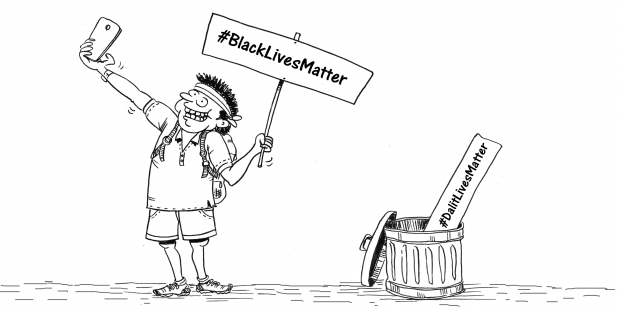
Growing up in a Dalit neighbourhood in Nanded, in Maharashtra, I was painfully aware that the police kept us under constant watch, just like the Muslims who lived in another colony nearby, and were especially ready to swoop down on young men. This is just one of the parallels between the experiences of race and caste oppression, and parallels like this make it natural that the caste-oppressed turn to Black Lives Matter for inspiration and hope, just as they have always turned to the black struggle. India’s oppressed know their suffering is tied to the caste system and its place in the Hindu religion, just as black people know that racism is tied to slavery and its place in the story of the United States.
In India, Dalits have long demanded land for the oppressed to correct millennia of caste inequality. It is the dominant castes that still need to be convinced of this. So much of what Du Bois said about white fear also describes dominant-caste fear, and the murderous heart Du Bois found at the centre of white culture has its equivalent at the centre of Brahminical dominant-caste culture—more commonly known as Hinduism. The gift of Black Lives Matter is to give white people another chance to know and abandon the monstrosity they have created. Its gift to the dominant castes is the chance to recognise their own reflection in this monstrosity. They need to take it. Dalits will not wait any longer.
NB: This article is a summarised version, for the full article please contact the author at Suraj Yengde (suraj.yengde@gmail.com)
